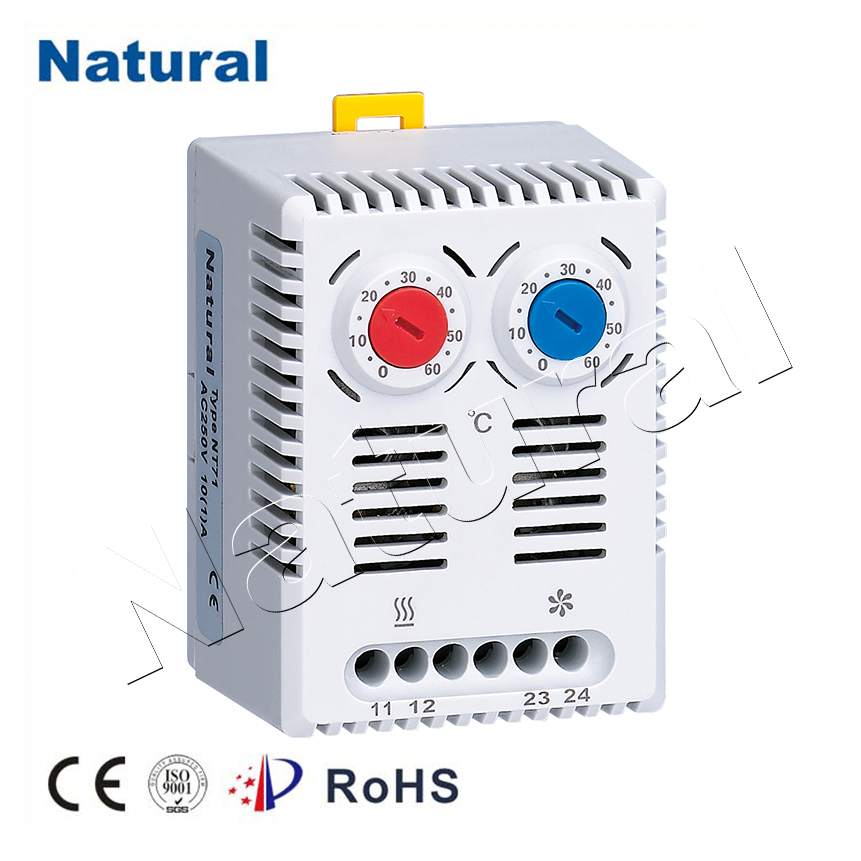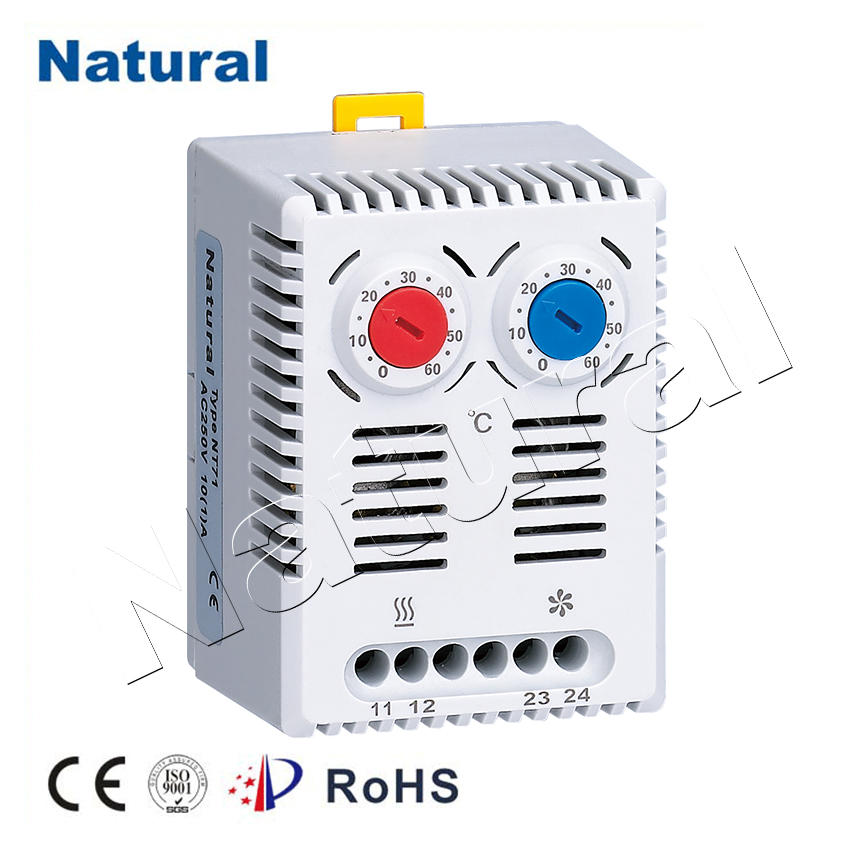In the modern world, temperature regulation plays a vital role in ensuring comfort, whether at home, in the office, or in industrial settings. Among the many technologies that help achieve optimal temperature control, the dual thermostat stands out as an innovative and effective solution. A dual thermostat allows users to manage two different temperature zones independently within a single system, offering flexibility, energy efficiency, and enhanced comfort. In this article, we will explore the functionality of dual thermostats, their advantages, and how they can be incorporated into different environments.

What is a Dual Thermostat?

A dual thermostat is a device designed to control the temperature in two distinct zones or areas. Unlike traditional single-zone thermostats, which regulate the temperature of a single area, a dual thermostat offers independent control over two different zones or systems. This makes it possible to set different temperatures for each zone, ensuring that each space remains comfortable according to specific needs. For example, in a multi-story house, a dual thermostat can be used to control the temperature on both the upper and lower floors. This is particularly beneficial because the temperature on one floor may differ from that on another due to factors such as heat rising or the presence of direct sunlight.
